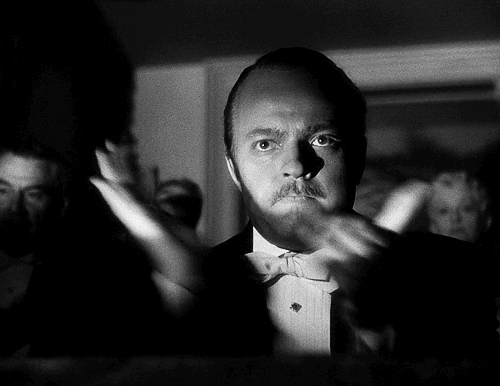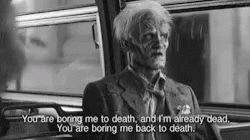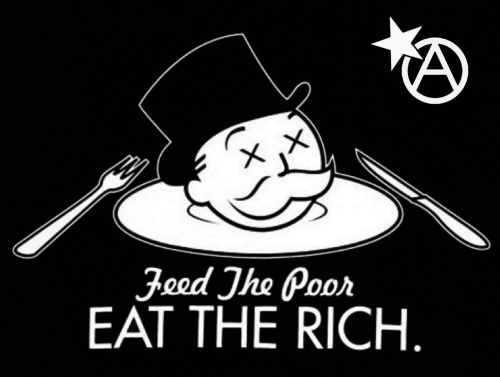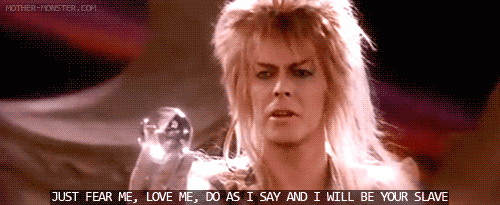The chapter starts out with Rennie at her brownstone(s), with the horribly overnamed Thane of Gondor (their dog) barking at what is presumably Turk coming home. This opening paragraph heralds one of her patented time skips, as the next paragraph deals with her annulment, which she wouldn’t have gotten because neither she nor Stephen has grounds for it, but Kennealy-Morrison handwaves that as Rennie is the living Queen Mary Sue. Stephen has a hilarious reaction to getting shed of this waking nightmare of a wife.
…lavish and lovely parting gifts from Stephen…
Can’t say he doesn’t understand her need to be bribed.

…who had been happy and sad and relieved to finally reach the dissolution of their wedlock.
Then why didn’t he file for divorce at the end of the second book? It was absolutely clear that she would never come back and she’d been nothing but a shitty wife to him anyway. Plus, he could have gotten a divorce easily as Rennie had deserted him and committed adultery on numerous occasions. But silly me, Rennie is the living Queen Mary Sue.

Originally I wasn’t sure that Rennie would qualify as a Mary Sue because she has enough flaws that, if you piled them one atop the other, the result would be the size of the iceberg that sank the Titanic. However, Kennealy-Morrison doesn’t think her self-insert has any flaws, no matter how small, but from my point of view she is an irredeemably flawed character. I guess someone else could read this book and think Rennie is delightfully irreverent and kickass and a Strong Female Character.
I ran across the perfect description of Rennie on a WordPress site which has a section dealing with Kennealy-Morrison:
“Anita-Blake-esque personality…(inhumanly confident, aggressive, intimidating, unapologetic, smarter than everybody else)…”, and the thing that really underlines what a self-insert Rennie is was the fact that SatireKnight is referring here to Kennealy-Morrison’s own personality as written in Strange Days.

Anyway, Rennie’s having some of the patented artificial conversation on the phone and Turk—through his sheer psychic power—determines that it’s Mary Prax on the other end of the line just because it always is.

There are another three pages of conversation between the Rennieturk that are completely uninteresting and not relevant to the plot at all, except for the information that they’ll attend Mary Prax’s show at the Fillmore East. I wonder how much of this kind of deadwood her editor at HarperCollins had to convince her to cut.

Then there’s a bit of business which establishes how much better Rennie is than the other wives/girlfriends in the Lionheart circle. What a surprise, huh?

We get some more pseudo-banter between the Rennieturk before the subject veers off onto the subject of Niles Clay, and the character assassination begins. I can’t really impeach the timeline here, mostly because I’m not willing to go back into the last three books, but Kennealy-Morrison makes sure to tell us that “Lionheart had already been a major group” before Niles joined the band, but if I remember correctly from the third book (and I’m sure I do), he joined the group for their third album, and the first book in the series was set in 1966 (two years before what the writer gives here as the formation of the band) and at that time the group was only known to “the hippest of the hip,” which argues against them being a major group at that time.

And, of course, there’s some running-down of the character, including “skinny, poorly educated, working-class,” and that Niles isn’t Turk’s equal and they aren’t real friends, which is belied by the last book, where Rennie was quite threatened by his friendship with Turk and jealous that they had experiences before she entered the picture that she couldn’t be part of and accused him of wanting to fuck Turk and takes several shots at Niles’s sexuality despite the fact that he’s never depicted as anything but straight.

Turk’s aristocratic bona fides are trotted out as well, before Kennealy-Morrison starts insulting Dorothy Manzarek. Niles’s wife here is called Keitha (terrible name) Shiraz and is called half-Persian. Why the writer doesn’t describe her as half-Iranian I don’t know. As Dorothy Manzarek is Japanese, this seems like a move toward indicating who this is while still keeping plausible deniability. She also describes Niles’s wife as a “featherweight and feather-brained ex-model.”

So Dorotha and his “hangers-on” are telling him that he could do better if he left Lionheart, which I fully agree with. In fact, he should have been looking for a berth in a new band since the third book because he’s fully aware of what a bitch Rennie is and the baseless grudge she’s had against him for multiple books now. His wife and his entourage probably know that too, and want to get out ahead of the moment when Rennie convinces Turk to fire him. I have trouble thinking they’re being unreasonable here, but Kennealy-Morrison doesn’t have any insight into why people do things, otherwise she might realize how Rennie’s contributed to this situation. But she’s perfect so that’s ridiculous.

Then she goes on about how much Niles resents Turk, of which we have not been shown any evidence. Sweetie, the only person in this series that he seems to resent is you, Rennie, because he’s probably figured out that you’re going to break up the band, which is an even better reason to get out now. But Kennealy-Morrison doesn’t seem to have the psychological literacy to understand that.

Then we get almost two pages with the details of what’s called a “key-man clause,” which is too boring to repeat (but is essentially a non-compete clause–see, I explained that in less than two pages!) and which Niles is refusing to sign. Mick Rouse, who joined Niles in the third book to try to talk sense to Turk about Rennie in the Centaur Records Showdown, has signed his and is apparently pleased as punch with it. I guess Kennealy-Morrison forgot he didn’t like Rennie. And of course there is class (or “caste,” as she puts it) trouble within the band, which I’m sure isn’t helped by Turk doing his “I am the Earl of Wallowinthemire and you will obey, you stinking peasants!” routine.

And, since Niles is working-class, Kennealy-Morrison lets out all her snobbery on him. I would say Rennie does, but there’s no real difference between the writer and the self-insert now. At least it’s an interesting insight into how she viewed Ray Manzarek.
For the most part, none of them were consciously aware of it.
So they were all idiots, then? Cool cool cool.
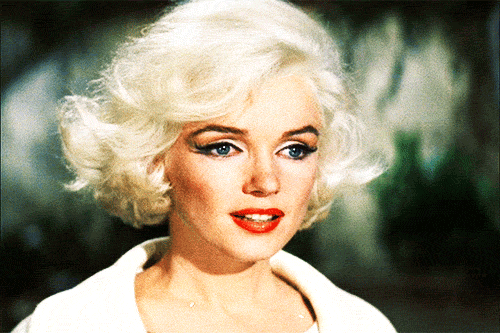
Except, of course, when they were—when Niles made them aware—dragging out his mean little working-class inverse snobbery and insecurity and shoving it all up everybody’s nose.
There’s an editing fail here as not even two pages ago she listed the reason for his resentment as being that Turk was drawing attention from him, and now she’s listing the cause of his resentment as Turk’s aristocratic heritage. Are you even paying attention to what you write from one page to the next? And this is all tell-don’t-show, as the omniscient narrator lets us know this. I’m not even sure if the writer knows she shifts unpredictably between Rennie’s POV and the narrator’s.

The Rennieturk do a little discussing about what’s to be done regarding Niles but come to no definite conclusions as Turk’s too eager to get laid to devote much time to thinking and Rennie encourages it because she’d better get pregnant as soon as she can before he rethinks the entire engagement. The last line in the chapter is “Now what did you bring me?”

And—chapter! I have a hard time believing that any writer couldn’t see what a gold-digging chaos agent she’d created in Rennie, but that sweet, sweet self-insert fantasy must have clouded any clarity she had with regard to this series.
Niles Clay is the only regular character in this series that I like, probably because I’m a contrarian and I see what Kennealy-Morrison wants me to think. After he’s turned into a helpless serf with the Rennieturk’s boot on the back of his neck, there won’t be one character in this entire series willing to call Rennie on her shit. It’s sad what’s going to happen to him, but he’ll at least have several more chapters where he can let her know what a slag she is.
Next time, chapter 4, in which a bunch of uninteresting personal shit happens, as well as something which has to do with the murder plot.





























